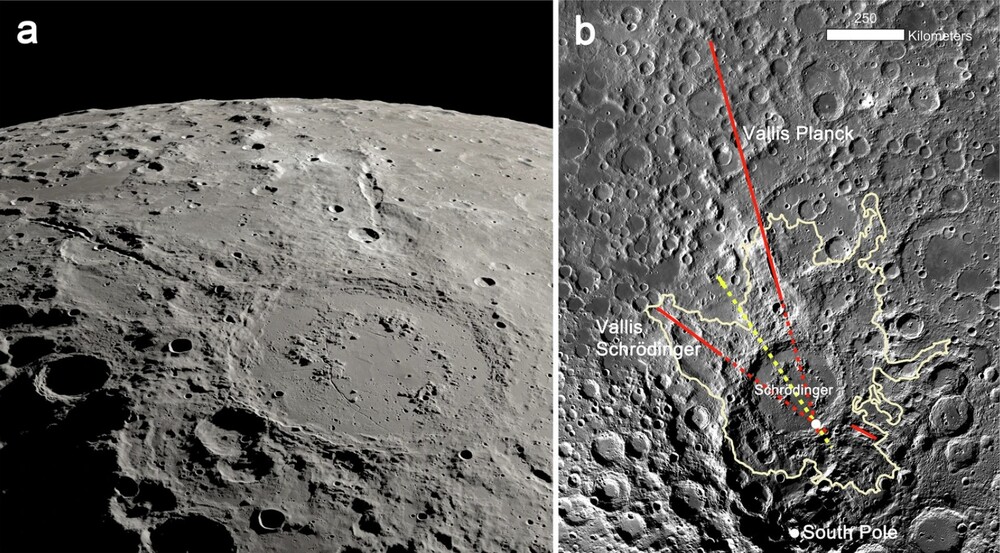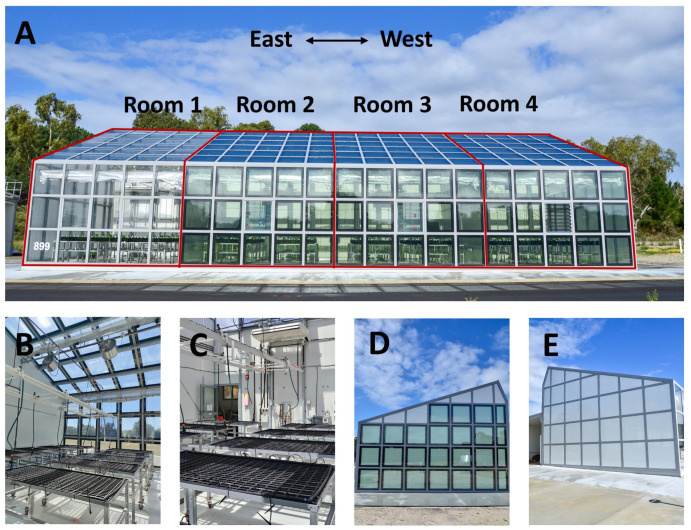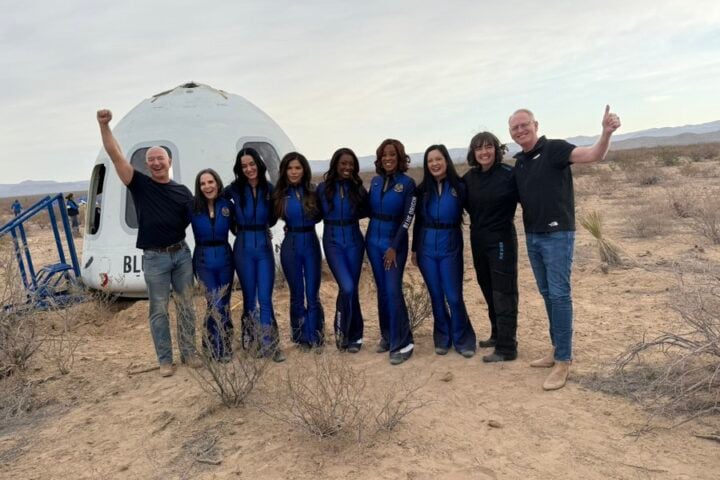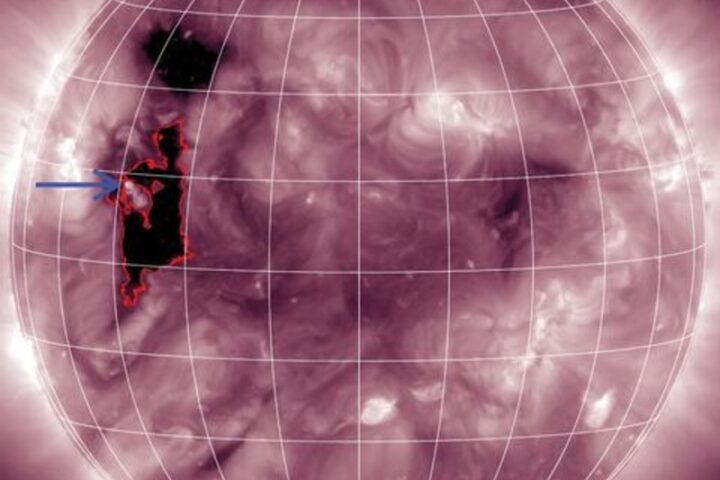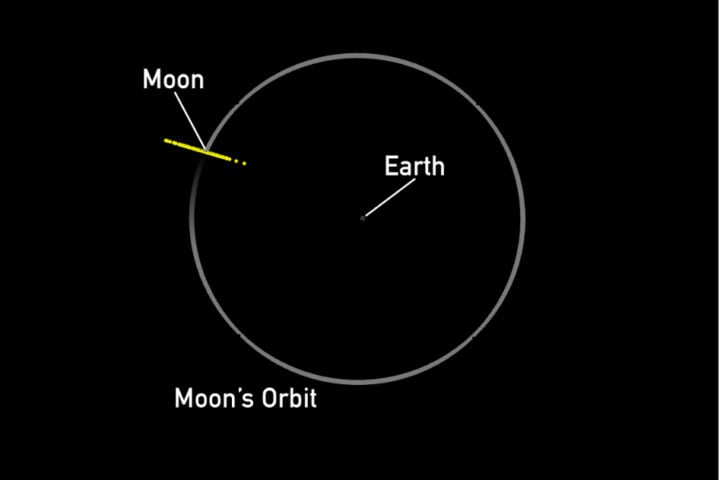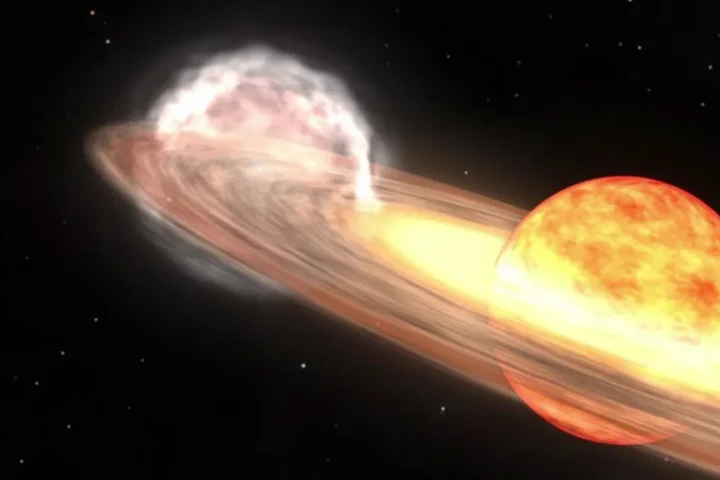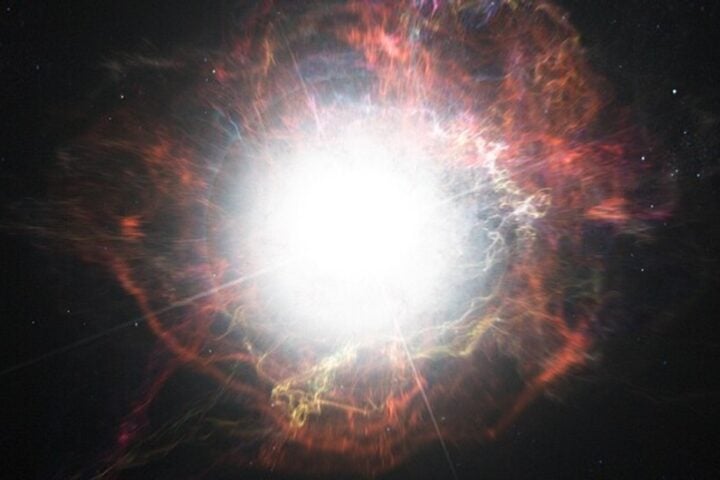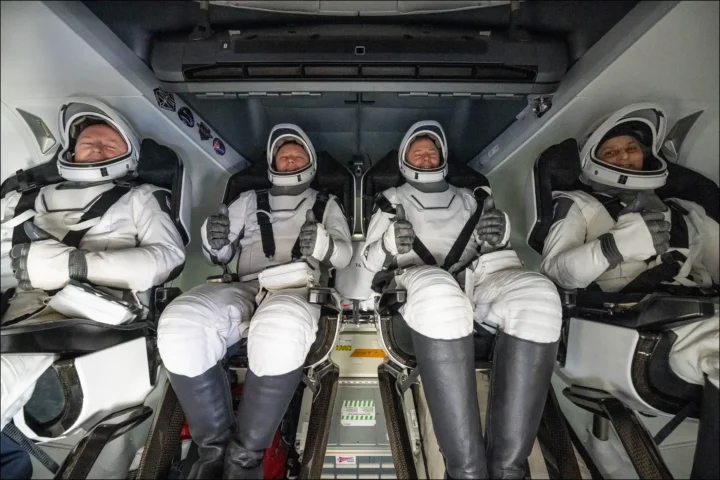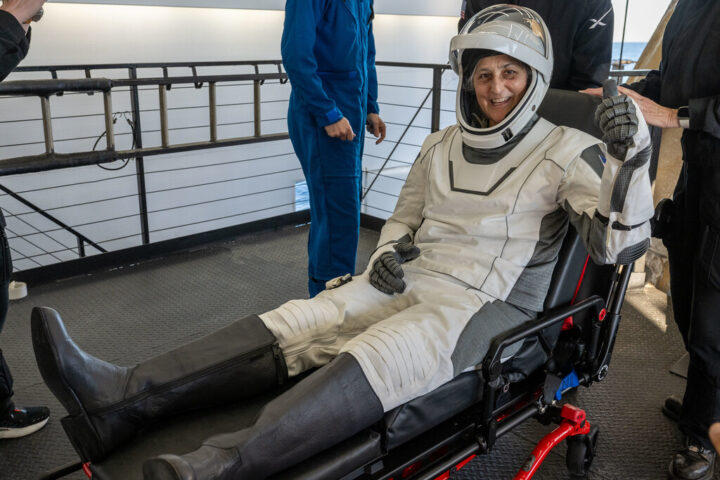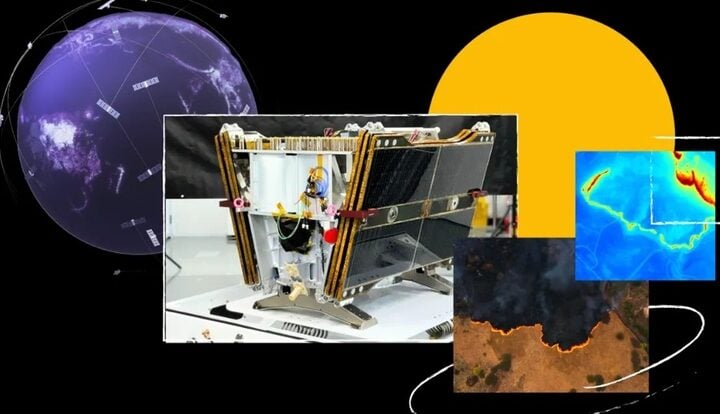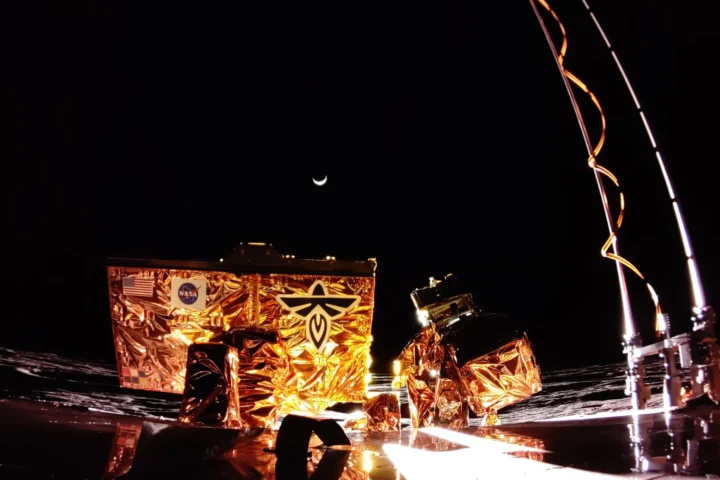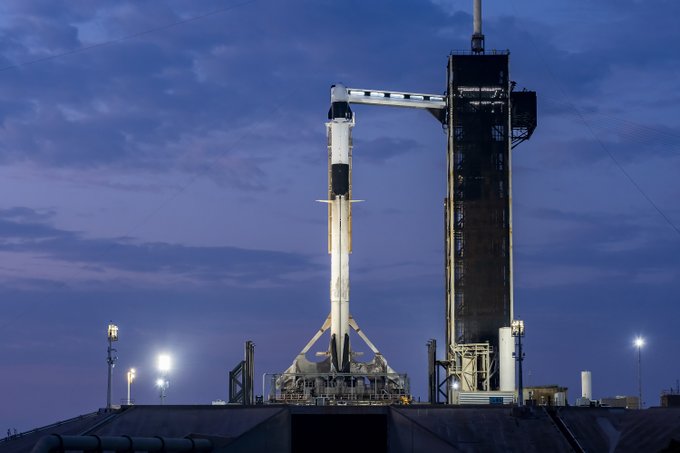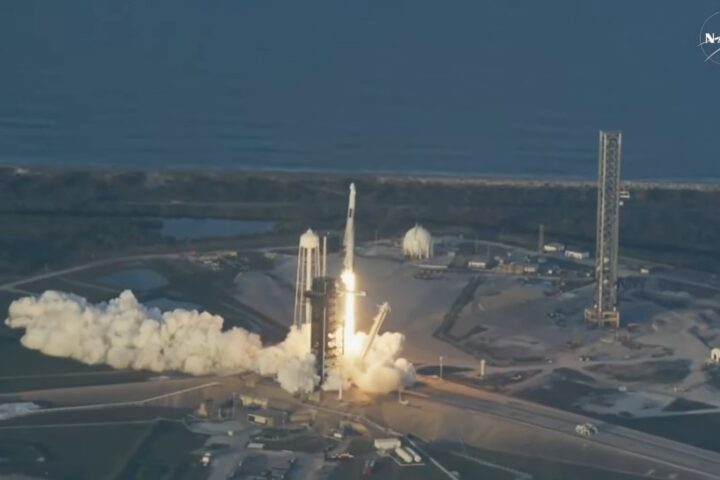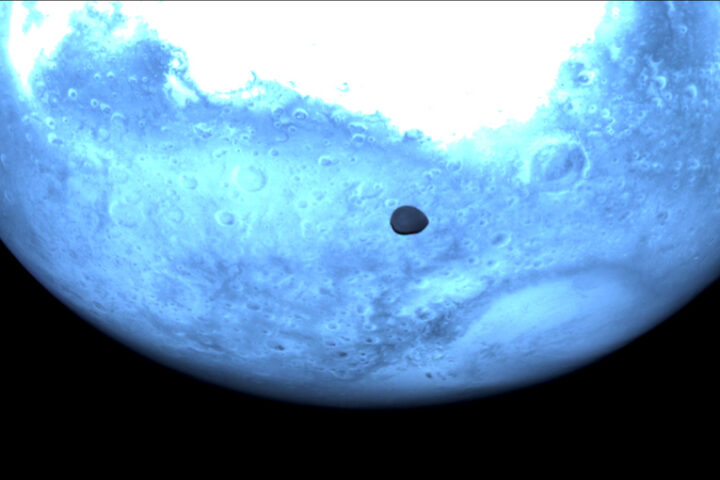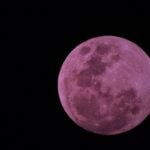An asteroid impacting the planet 3.8 billion years ago carved two massive canyons on the Moon’s far side near its south pole. These valleys – named Vallis Schrödinger and Vallis Planck – rival Arizona’s Grand Canyon in scale, stretching 270 kilometres (about 168 miles) with depths of 2.7 kilometres for Vallis Schrödinger and 3.5 kilometres for Vallis Planck.
The discovery centres on the Schrödinger impact basin, where a 1500-mile-wide (2400 km) asteroid struck with energy equivalent to 130 times Earth’s current nuclear arsenal. Rather than directly carving the valleys, the impact created a “curtain” of lunar debris that rained back down at speeds of 1 kilometre per second.
“Knots of rock within that curtain of debris hit the surface in a series of smaller impact events, effectively carving the canyons,” explains David Kring from the Lunar and Planetary Institute. This process took just ten minutes, unlike Earth’s Grand Canyon, which formed over millions of years through water erosion.
The timing coincides with the Late Heavy Bombardment period when potential shifts in the orbits of giant planets may have destabilised the asteroid belt, sending rocks toward the inner solar system. NASA’s Lunar Reconnaissance Orbiter revealed straight-line features radiating from the impact site, showing the path of ejected fragments that were up to 3.2 miles wide.
Similar Posts
These canyons hold special significance for NASA’s Artemis III mission, which plans missions to the lunar south pole. Rock samples could illuminate the Moon’s formation and early solar system history. Unlike Earth, where plate tectonics erase ancient features, the Moon’s surface remains unchanged, preserving these geological clues for billions of years.
The Schrödinger basin region offers unique insight into how impacts shaped our solar system’s planets and moons. The high-speed debris pattern suggests similar processes may have sculpted other celestial bodies during the solar system’s early period.
The discovery demonstrates how a single cosmic collision transformed the lunar landscape in minutes, creating enduring features that help scientists understand the violent events that shaped our cosmic neighbourhood. These preserved canyons serve as a window into the processes that moulded both the Moon and Earth billions of years ago.
The research, using data from NASA’s Lunar Reconnaissance Orbiter, reveals how the Moon’s unchanging surface continues to yield new insights about our solar system’s turbulent past.
